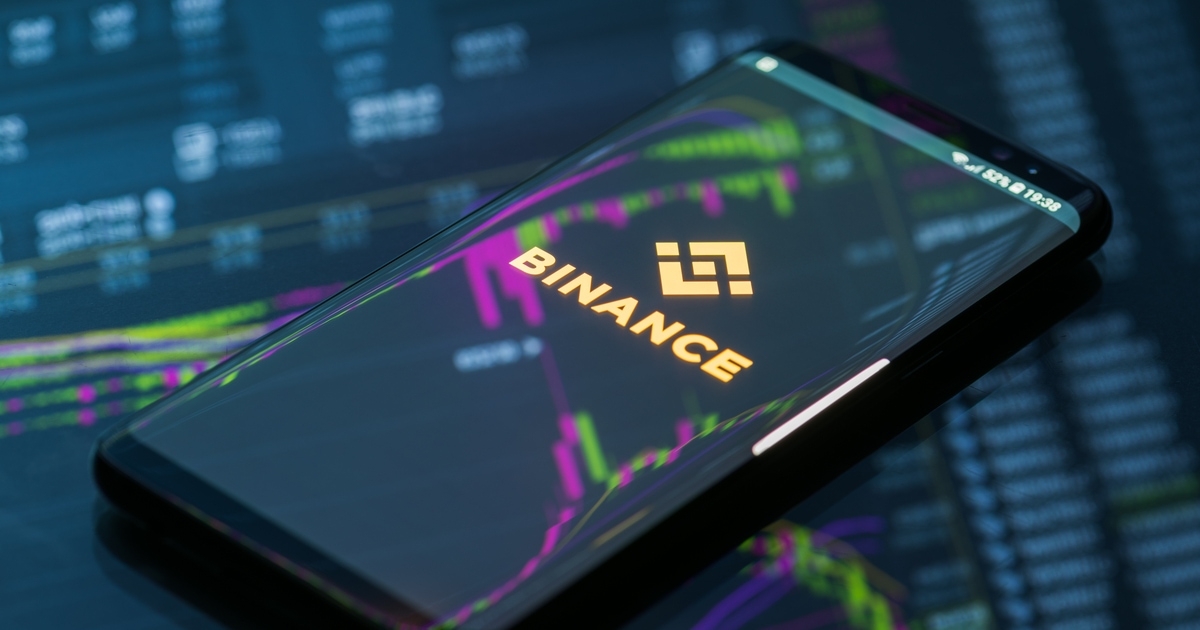Bitcoin’s (BTC) current 20% drop over the past four days has put the price at its lowest level in nine months and while these movements might seem extraordinary, quite a number of large listed companies and commodities faced a similar correction. For example, natural gas futures corrected 15.5% in four days and nickel futures traded down 8% on May 9.
Other casualties of the correction include multiple $10 billion and higher market capitalization companies that are listed at U.S. stock exchanges. Bill.com (BILL) traded down 30%, while Cloudflare (NET) presented a 25.4% price correction. Dish Network (DISH) also faced a 25.1% drop and Ubiquiti's (UI) price declined by 20.4%.
Persistent weak economic data indicates that a recession is coming our way. At the same time, the U.S. Federal Reserve reverted its expansionary incentives and now aims to reduce its balance sheet by $1 trillion. On May 5, Germany also reported factory orders declining by 4.7% versus the previous month. The U.S. unit labor costs presented an 11.6% increase on the same day.
This bearish macroeconomic scenario can partially explain why Bitcoin and risk assets continue to correct but taking a closer look at how professional traders are positioned can also provide useful insight.
Bitcoin’s futures premium stabilized at 2.5%
To understand whether the recent price action reflects top traders' sentiment, one should analyze Bitcoin's futures contracts premium, otherwise known as the "basis rate."
Unlike a perpetual contract, these fixed-calendar futures do not have a funding rate, so their price will differ vastly from regular spot exchanges. The three-month futures contract trades at a 5% or lower annualized premium whenever these pro traders flip bearish.
On the other hand, a neutral market should present a 5% to 12% basis rate, reflecting market participants' unwillingness to lock in Bitcoin for cheap until the trade settles.

The above data shows that Bitcoin's futures premium has been lower than 5% since April 6, indicating that futures market participants are reluctant to open leverage long positions.
Even with the above data, the recent 20% price correction was not enough to drive this metric below the 2% threshold, which should be interpreted as positive. Bulls certainly do not have a reason to celebrate, but there are no signs of panic selling from the viewpoint of futures markets.
Options traders stepped deeper into the "fear" zone
To exclude externalities specific to the futures contracts, traders should also analyze the options markets. The most simple and effective metric is the 25% delta skew, which compares equivalent call (buy) and put (sell) options.
In short, the indicator will turn positive when "fear" is prevalent because the protective put options premium is higher than the call (bullish) options. On the other hand, a negative 25% skew indicates bullish markets. Lastly, readings between negative 8% and positive 8% are usually deemed neutral.

The above chart shows that Bitcoin option traders have been signaling "fear" since April 8 after BTC broke below $42,500. Unlike futures markets, options primary sentiment metric showed a worsening condition over the past four days as the 25% delta skew currently stands at 14.5%.
To put things in perspective, the last time this options market's "fear & greed" indicator touched 15% was on January 28, after Bitcoin price traded down 23.5% in four days.
The bullish sentiment of margin markets peaked
Traders should also analyze margin markets. Borrowing crypto allows investors to leverage their trading position and potentially increase their returns. For example, a trader can borrow Tether (USDT) and use the proceeds to boost their Bitcoin exposure.
On the other hand, borrowing Bitcoin allows one to bet on its price decline. However, the balance between margin longs and shorts is not always matched.

Data shows that traders have been borrowing more Bitcoin recently, as the ratio declined from 24.5 on May 6 to the current 16.8. The higher the indicator, the more confident professional traders are with Bitcoin's price.
Despite some recent Bitcoin borrowing activity aimed at betting on the price downturn, margin traders remain mostly optimistic, according to the USDT/BTC lending ratio. Typically, numbers above five reflect bullishness and the recent 24.5 peak was the highest level in more than six months.
According to derivatives metrics, Bitcoin traders are afraid of a deepening correction as macroeconomic indicators deteriorate. However, investors also expect a potential crisis in traditional markets, so Bitcoin's 20% correction merely follows that of broader risk assets.
On a positive note, there are no signs of leverage short (negative) bets using margin or futures, meaning there is little conviction from sellers at current price levels.
The views and opinions expressed here are solely those of the author and do not necessarily reflect the views of Cointelegraph. Every investment and trading move involves risk. You should conduct your own research when making a decision.

You can get bonuses upto $100 FREE BONUS when you:
💰 Install these recommended apps:
💲 SocialGood - 100% Crypto Back on Everyday Shopping
💲 xPortal - The DeFi For The Next Billion
💲 CryptoTab Browser - Lightweight, fast, and ready to mine!
💰 Register on these recommended exchanges:
🟡 Binance🟡 Bitfinex🟡 Bitmart🟡 Bittrex🟡 Bitget
🟡 CoinEx🟡 Crypto.com🟡 Gate.io🟡 Huobi🟡 Kucoin.



















Comments